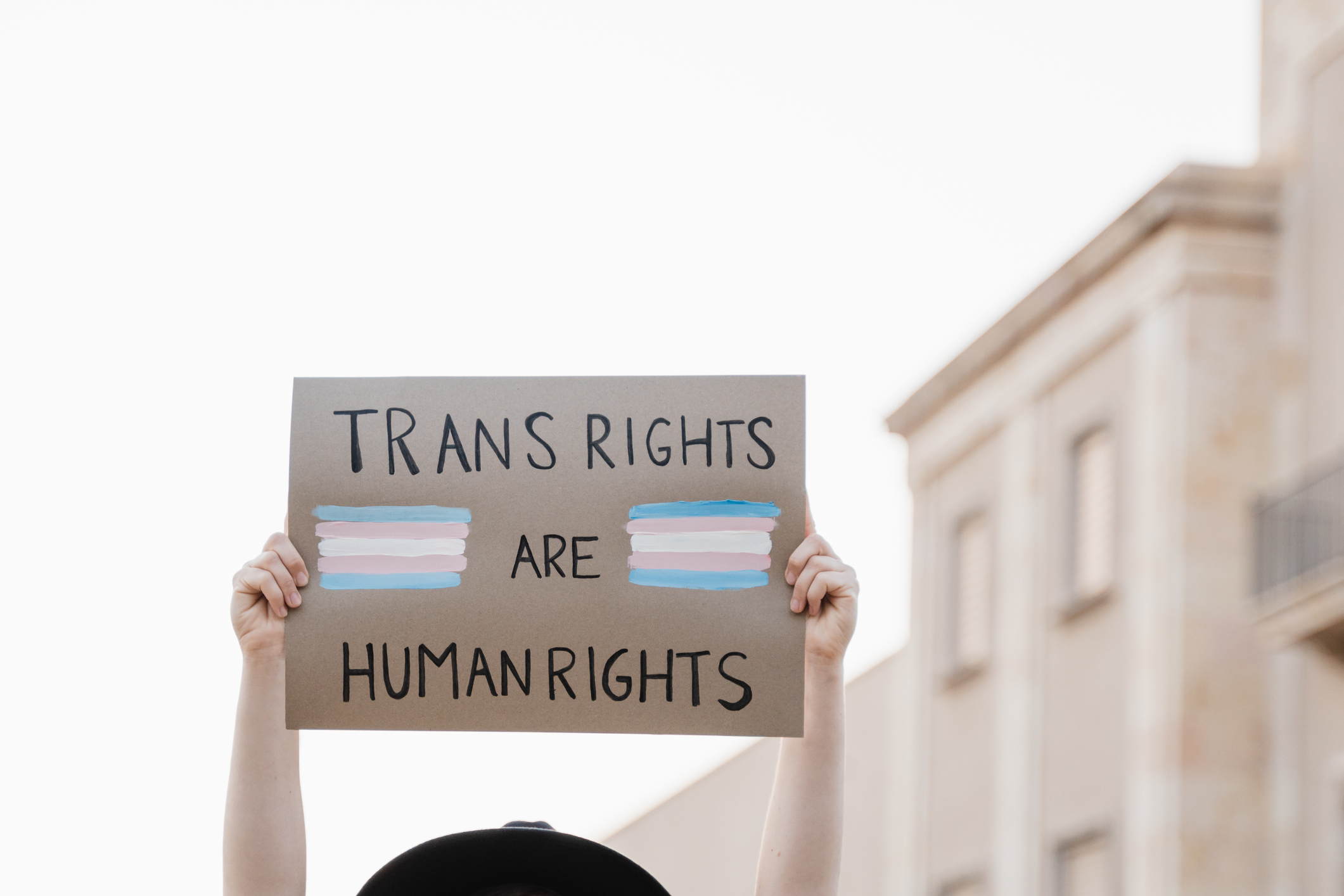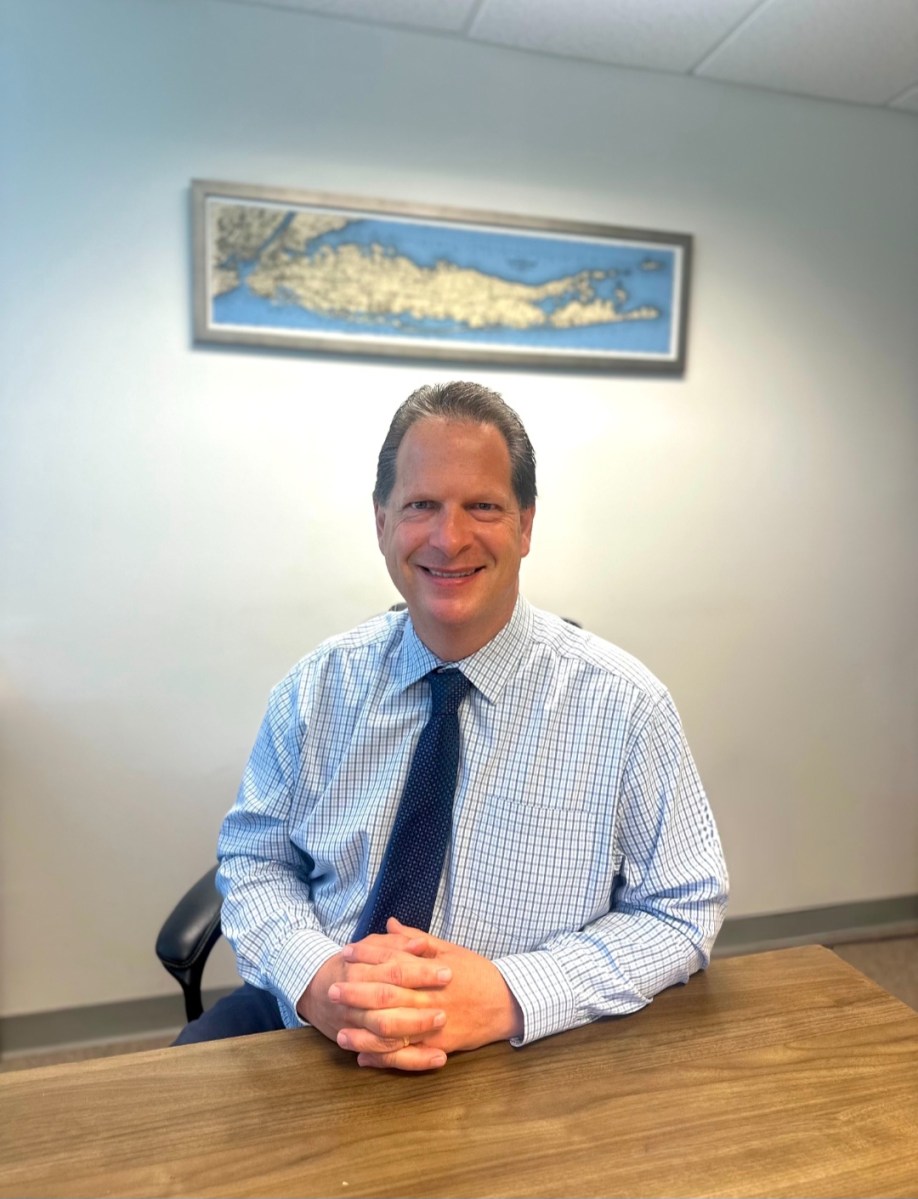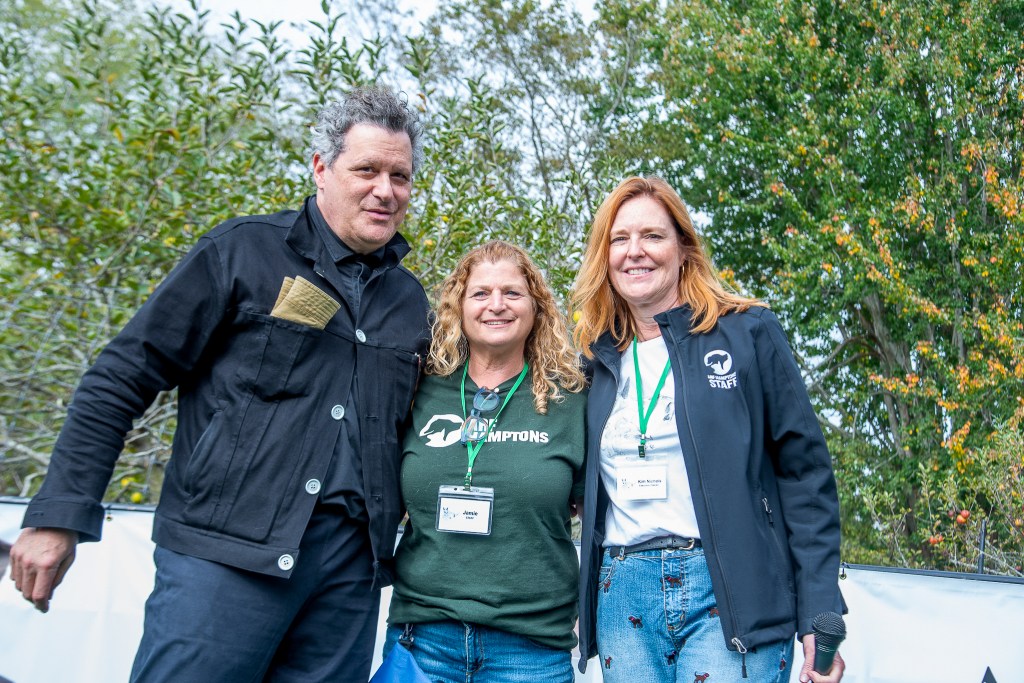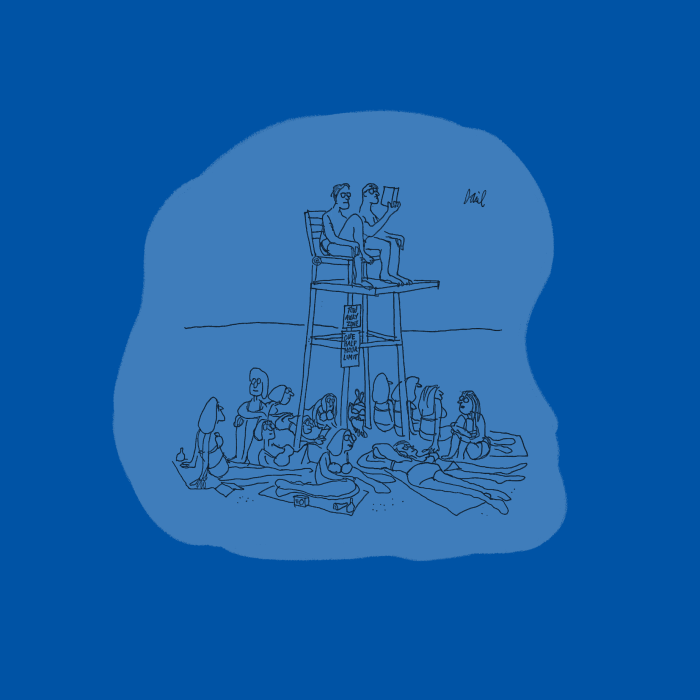Transgender Awareness & How to Be Supportive, a Conversation with Stony Brook Medicine's Dr. Allison H. Eliscu

We don’t need an official police report to confirm that hate crimes are disproportionately directed at people in the LGBTQ+ community, especially those who identify as transgender. Watch the news, follow social media or look around in your own backyard and community.
In honor of Transgender Awareness Week (November 13–20), Stony Brook Medicine experts recently livestreamed a discussion about the trans and gender diverse experience as well as the issues and health disparities that the LGBTQ+ community faces, and what Stony Brook Medicine is doing to address the need.
How can we raise awareness and better serve our friends, our families and ourselves? We checked in with Allison H. Eliscu, MD, medical director of the Adolescent LGBTQ+ Care Program at Stony Brook and the principal investigator of Stony Brook Medicine’s 2021 LGBTQ+ Community Health Needs Survey which revealed the Long Island LGBTQ+ population is at risk for suicide, health disparities and adverse health outcomes.
In the past few years it seems the word “transgender” has become a common headline. Has the landscape of awareness changed?
Yes. If you look at the data on how many people identify as LGBTQ+ adult-wise across the country — the numbers since when they started counting in this one particular Gallup poll in 2012 (and then in 2021) — just over the last nine years, it’s doubled from 3.5% to 7.1%.
Is that because people are more forthright?
I think so. I definitely don’t think it’s that twice as many people are identifying now as compared to before. I think people are more open about it and people are more aware of it.
When a child comes out as transgender, how do you suggest the family respond?
I think it’s a shock … When your baby is born, you start thinking about goals and who they are going to marry, what job they are going to do, what they are going to look like in 2030 and all of a sudden that completely changes.
It’s a conversation both with the young person themselves saying, “Your parents have been calling you this name for 10–15 years. It’s going to take some time to get accustomed to using a different name and using a different pronoun, it’s going to be a process.” You’ve got to give them a little leeway.
Support of family is huge, it’s so important. You have to be there for your child, you have to be their number one advocate and it (can) take some time. That’s why there’s a support group that Stony Brook put up for parents so they can see how other parents are managing or handling it.
There are therapists that specialize in helping not just adolescents, but parents handling these situations and changes.
Why do you think there is so much resistance lately to the LGBTQ+ community?
I ask myself that a lot. I think people are afraid of things that are different and things that seem unnatural. But when you hear the family stories or even an adolescent person’s story, when you kind of get down to it, people are people. There is no real reason for this hatred. I think people are just afraid of difference.
For someone who is struggling to come out or to share information about their gender, what is your best advice?
Initially, you want to find somebody that you trust and just start talking about it a little bit and try it out — it may not necessarily be a parent at the very beginning, it might be a friend, but then if you can get some kind of grown-up involved, whether it’s a cousin or an aunt, a guidance counselor, a teacher, a doctor, a clergy member, a coach, someone that you can talk to — even just to sit down and just say the words, “I think I am gay,” or, “I think I’m transgender” … and that’s the end of the conversation for day one and we come back a couple of days later and you continue the discussion.
Getting some of this out and starting to be able to identify different scenarios, I think it is really important. And then working up to, “How am I going to talk to my family, my siblings, my parents — how am I going to talk to other people at school and at work?”
How can families and LGBTQ+ people best access resources for support?
It could be talking to the person’s pediatrician and/or doctor. Right on our website is the resource link for the family or parent support group for parents of teens who are gender diverse or transgender. There are also great national organizations like PFLAG that have support both locally and nationally. Sometimes knowing other people who have gone through it and how they did it, is helpful.
At Stony Brook Medicine we have hosted events with our community partners to make sure that families and individuals, regardless of their age, have places they can go to to feel supported.
In October, for Coming Out Day, we had a family event at the Suffolk County Farm with pumpkin picking and hay rides and what was most amazing and rewarding (was when I) spoke with the parent of a 9-year-old who identified as nonbinary, even at 9 years old they’re aware of their identity … Events like that have been really important and appreciated not just by the teens or the kids but also by the parents and the families, too.
At what age do you think it is appropriate to discuss gender and sexual orientation?
When a kid starts to bring it up, I think its fine to start discussing it. Kids know at a very young age … Answer questions when they come up, whether they are at home or at school. If a child sees that you are uncomfortable but that you are able to listen and not judge them, they are going to come to you.
In terms of parents and families, what is a helpful, good response or way of action?
I would say (to try to) keep your emotions together for a moment and just hug your child, just let it be out there that we are going to get through this. I’m not sure where we are going to end up, but I support you and I love you and I’m your family and I’m not going anywhere. And we figure this out.
All of the data really shows that having family support is crucial.
To learn more about LGBTQ+ care at Stony Brook Medicine visit stonybrookmedicine.edu/LGBTQ.









